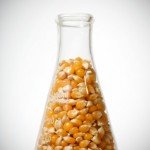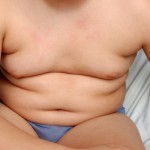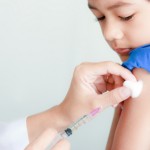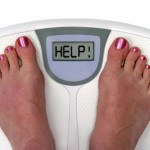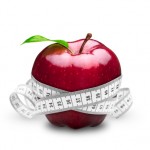An article in the Wall Street Journal for November 16th caught my eye. My wife is a mental health therapist (the non-prescribing variety) and I knew this one would interest her. The title was “Psychiatric Drug Use Spreads: Pharmacy Data Show a Big Rise in Antipsychotic and Adult ADHD Treatments.”
She wasn’t especially surprised to hear that one in five adults were taking at least one psychiatric drug. But as opposed to anti-anxiety drug use, both of us were struck by the comment that drugs given (and perhaps overused) for kids with ADHD are also increasingly being given to adults.
I went to the Internet to find the data. There’s an enormous company called Medco that provides pharmacy services for greater than 65 million people. I had never heard of the firm, but it’s rated number 35 of the Fortune 500 and in 2009 reported revues just under $60 billion.
Their senior psychiatrist, a Dr. David Muzina, has a great CV, working in major roles at the Cleveland Clinic from 1999 to 2009. I did note his “Summary” claimed “17 year’s of Cleveland Clinic experience as a Staff Psychiatrist,” but he graduated from medical school in 1993, presumably finished his Psychiatry residency in 1997 and then ran an inpatient psych unit at Lutheran Hospital (location unspecified) for two years.
In any case Medco, where Dr. Muzina is a Vice President, in and presumably heading their Neuroscience Therapeutic Resource Center, published an extremely interesting report titled “America’s State of Mind.” (see link below). This summarizes research on the prescriptions of greater than two million people in this country from 2001 to 2010.
http://www.anxiolytiques.net/wp-content/uploads/2011/11/Medco-2001-2011.pdf
The trends are stunning.
Boys and girls, men and women are all now more likely to be taking a drug used for mental health problems. Fifteen percent of adult men are on one or more of these medications and, amazingly, twenty-six percent of adult women.
In reality the ADHD drug use in adults is still comparatively uncommon (less than 2%), but NPR recently reported a severe shortage of Ritalin. Newer drugs which treat ADHD will enter the generic market in 2012; that should save patients considerable amounts of money.
The real impact is in the antidepressant arena: twenty-one percent of women 20 and over take these meds and the percent rises with age. It’s 16% of women ages 20 to 44, 23 percent of those between 45 and 64 and 24% of women over 65 years old. For men in comparable age groups the percent are 8, 11 and 13.
Then there’s regional distribution: what I call the “Middle West” and my own Mountain region have the lowest percentage on mental health drugs while Kentucky, Tennessee, Alabama and Mississippi have the highest.
So how many are actually taking their meds as prescribed? And how many are having serious side effects?
An issue raised in one of the publications is that of patients not taking prescribed dosages of their meds (if any), having increased symptoms and physicians therefore increasing their medication dosage.
Then if they do start taking the drug as prescribed....






